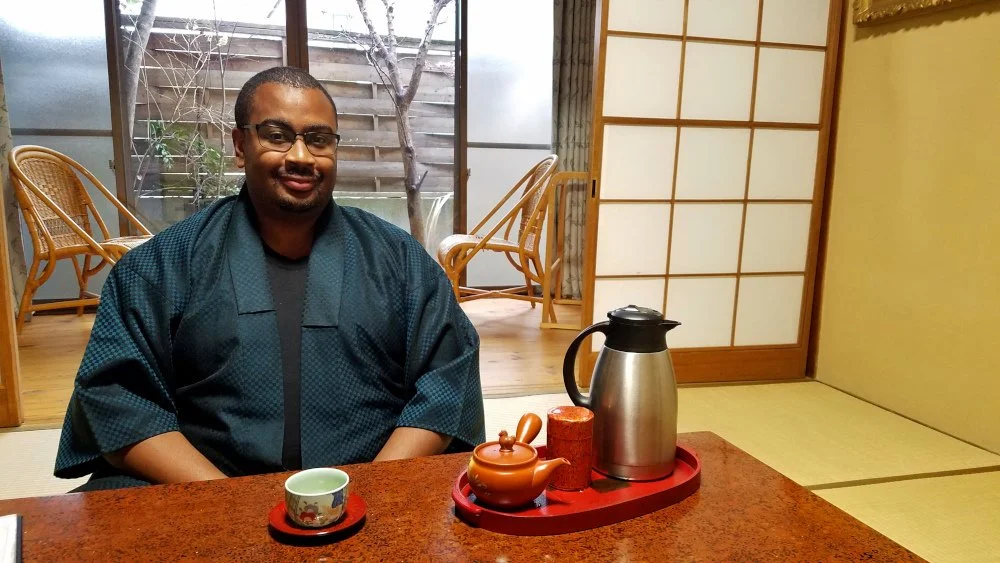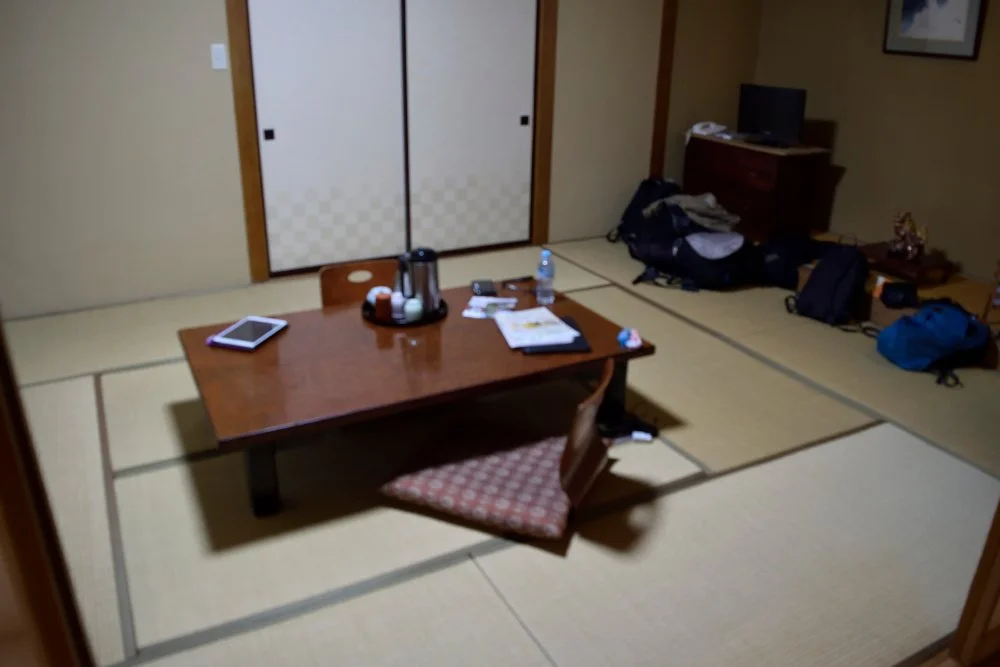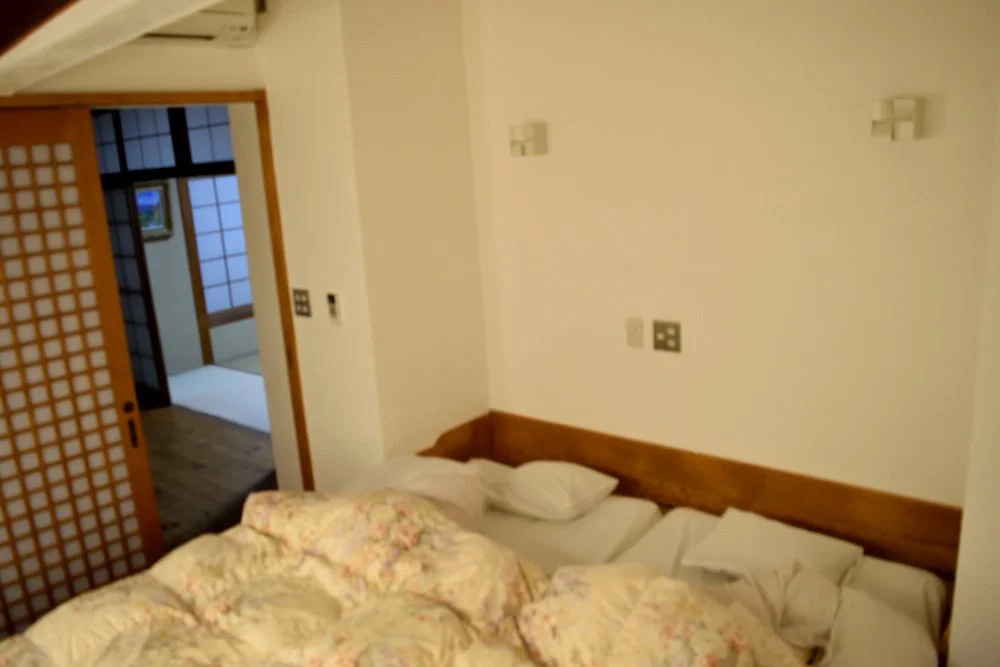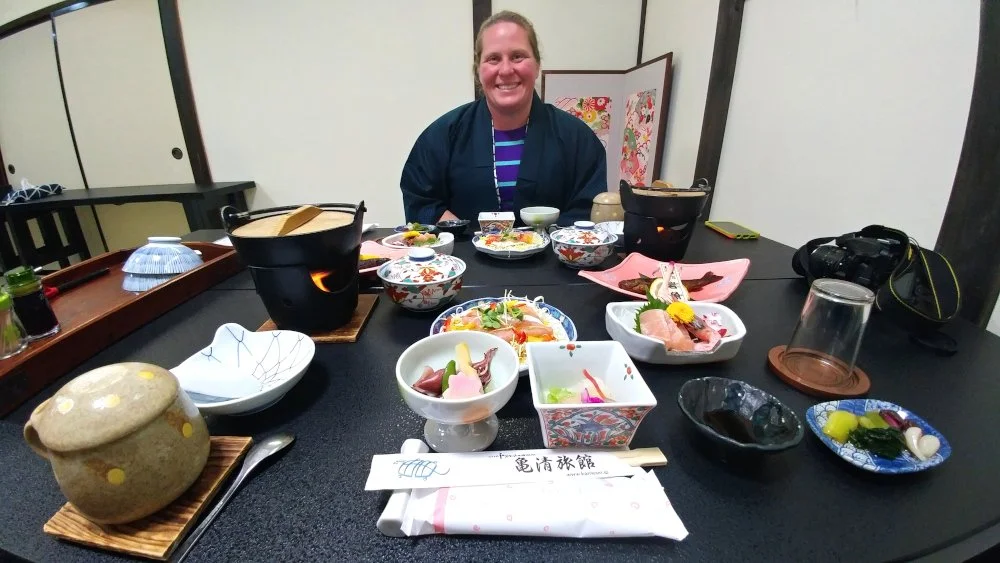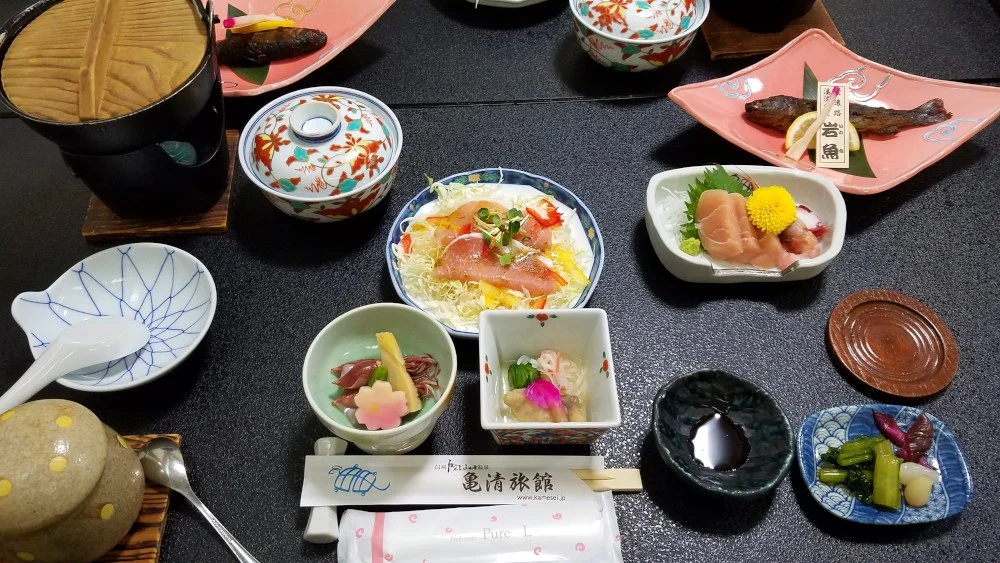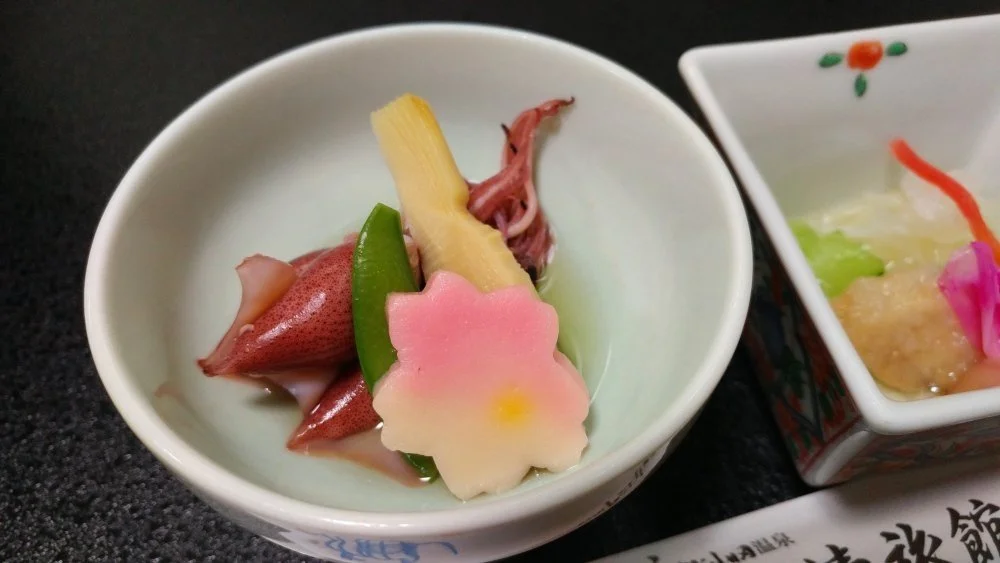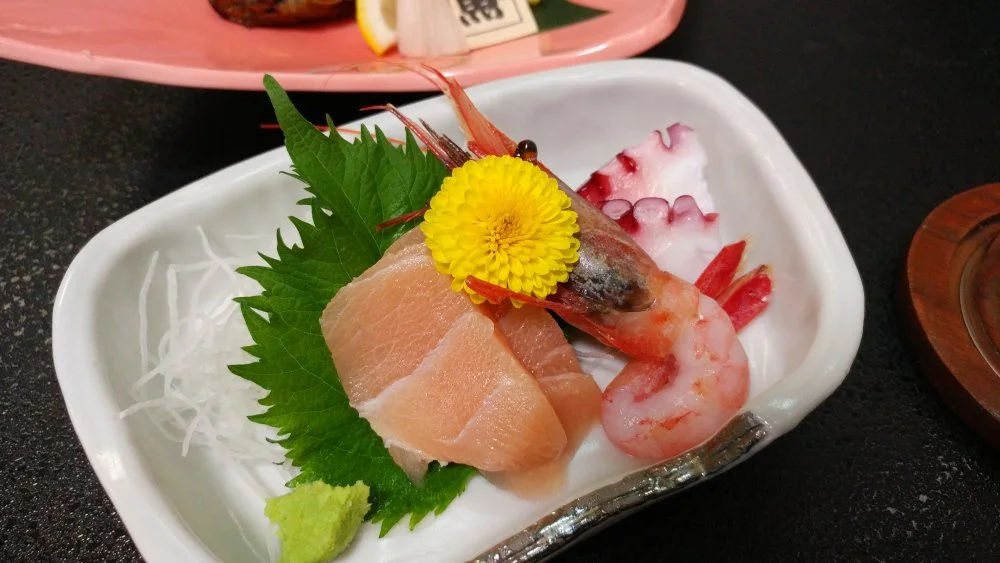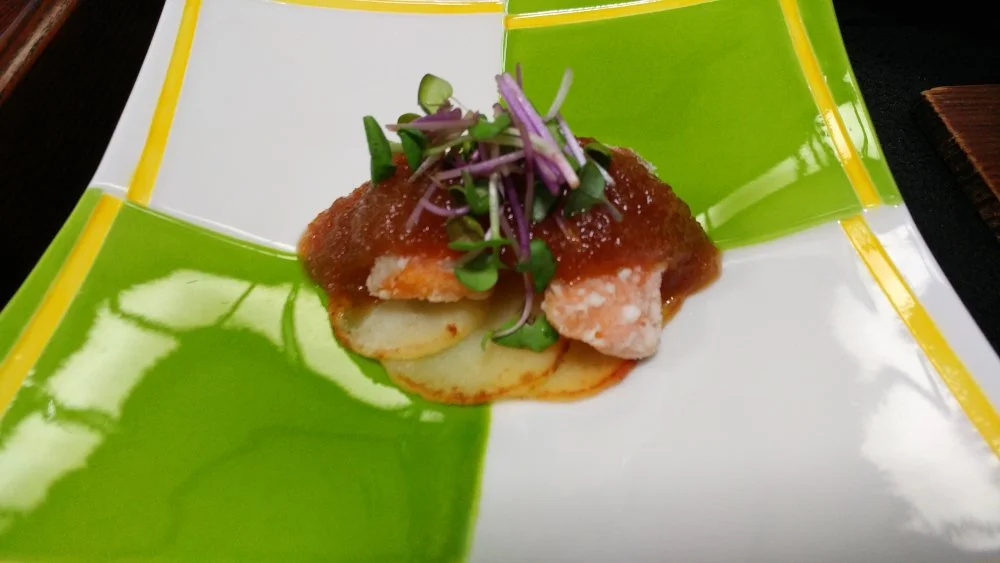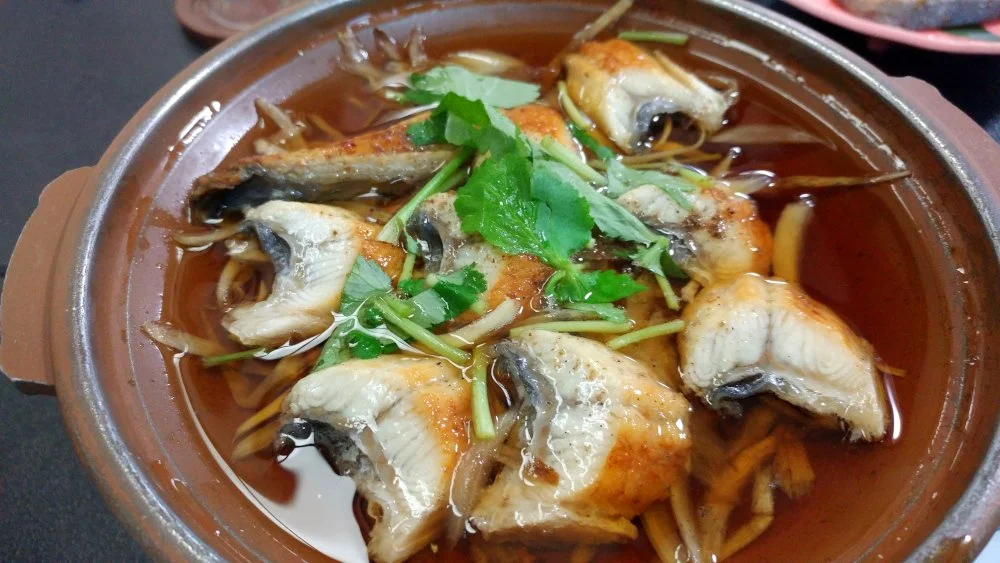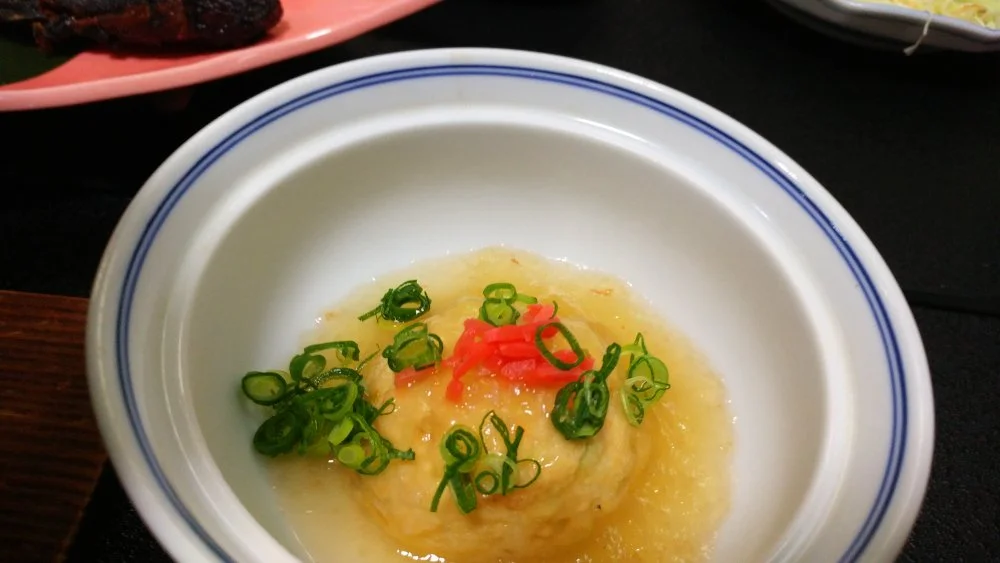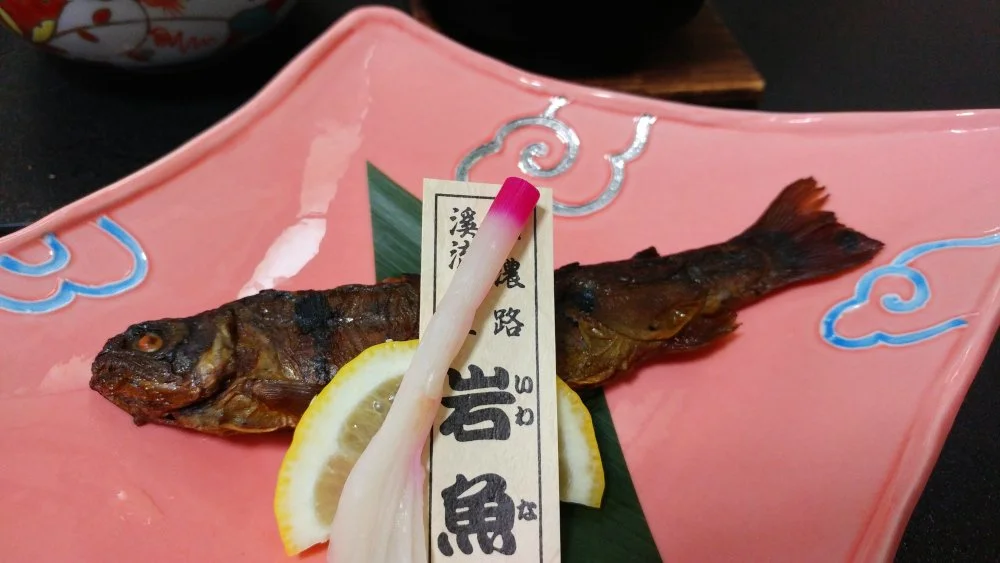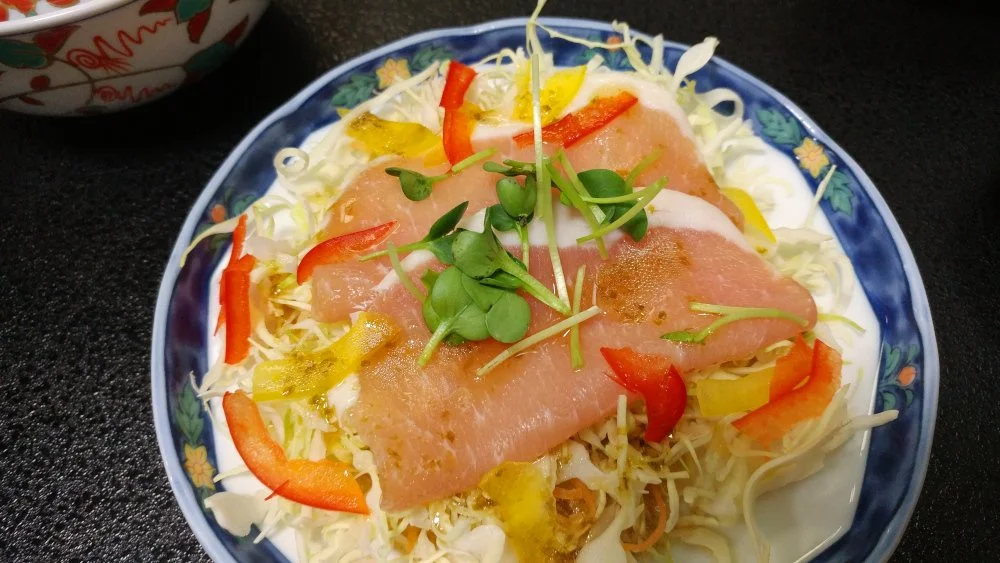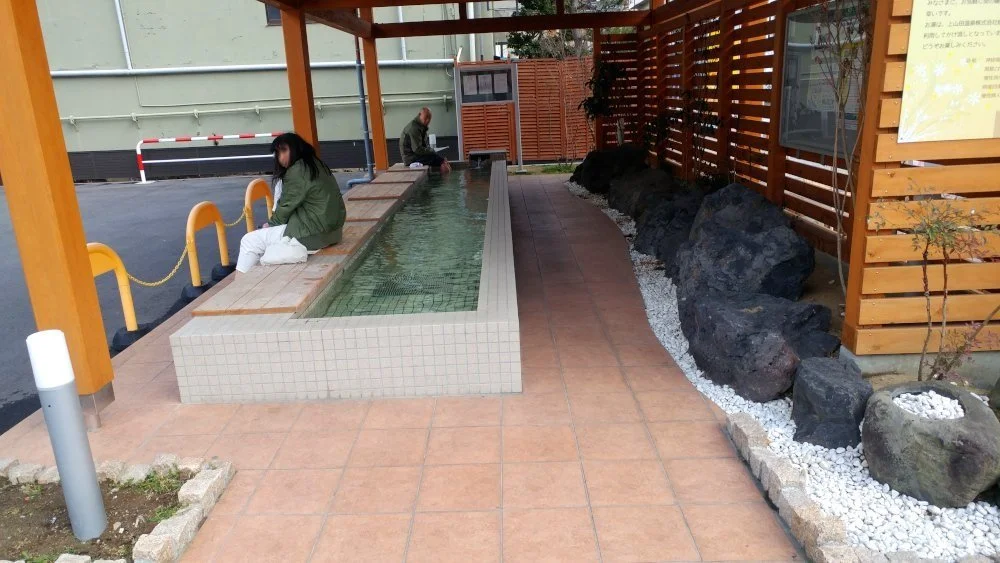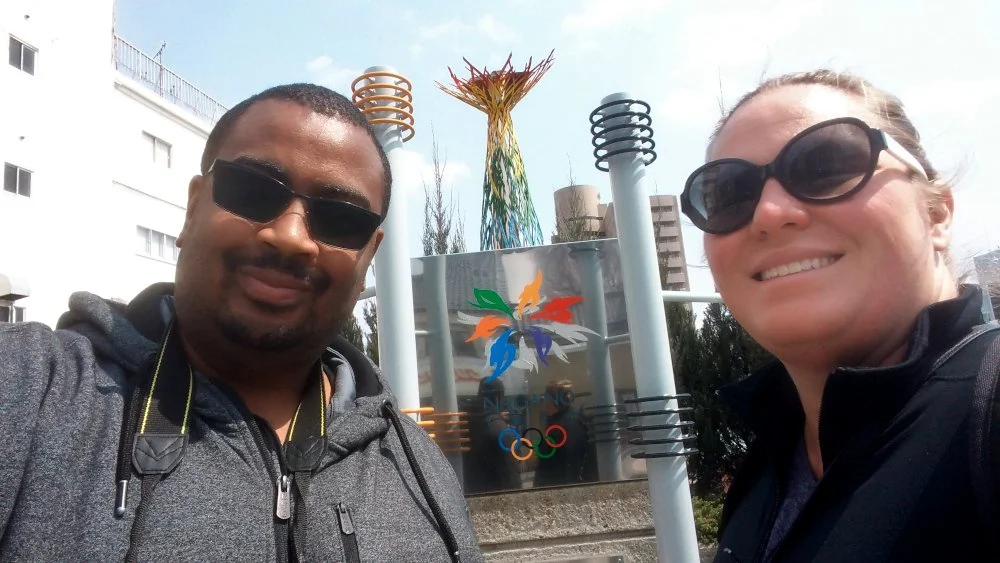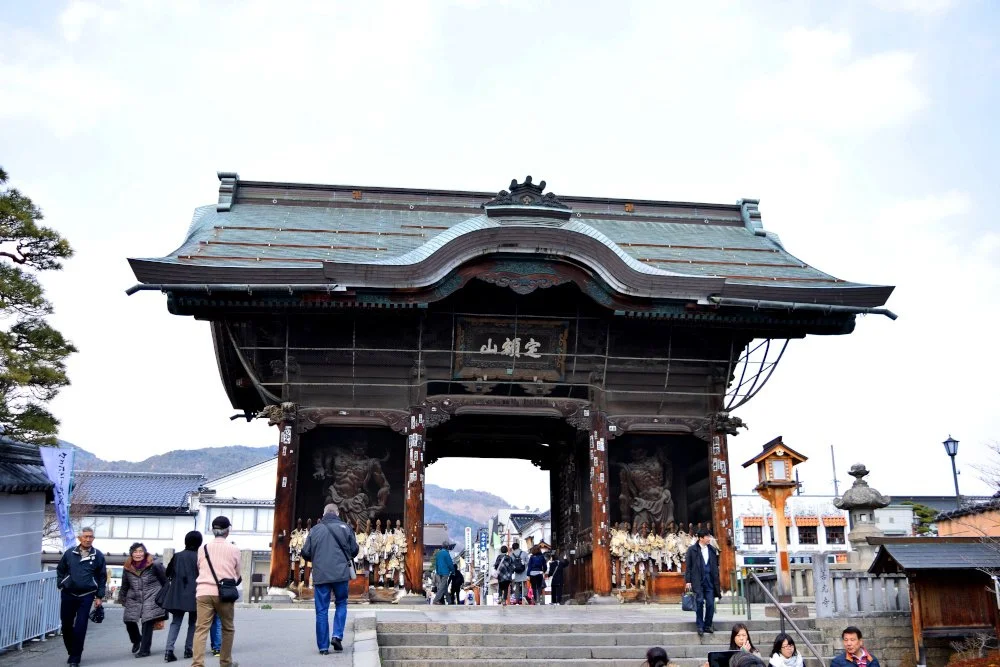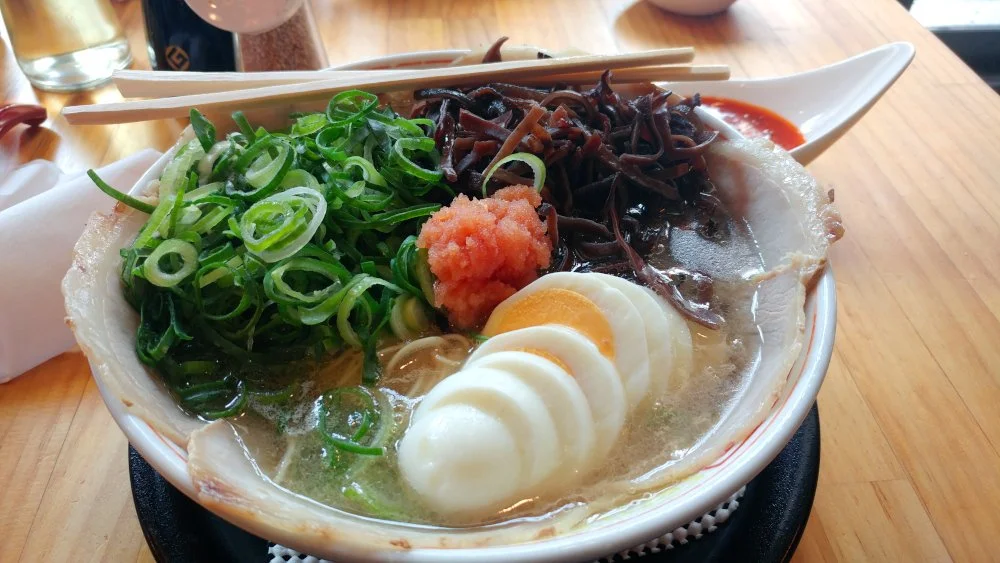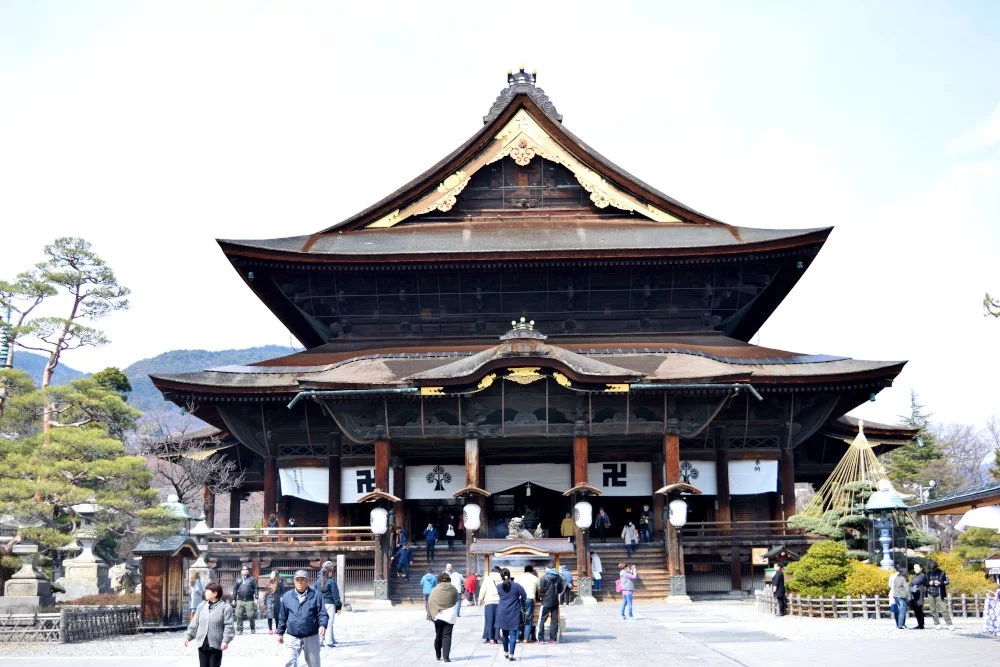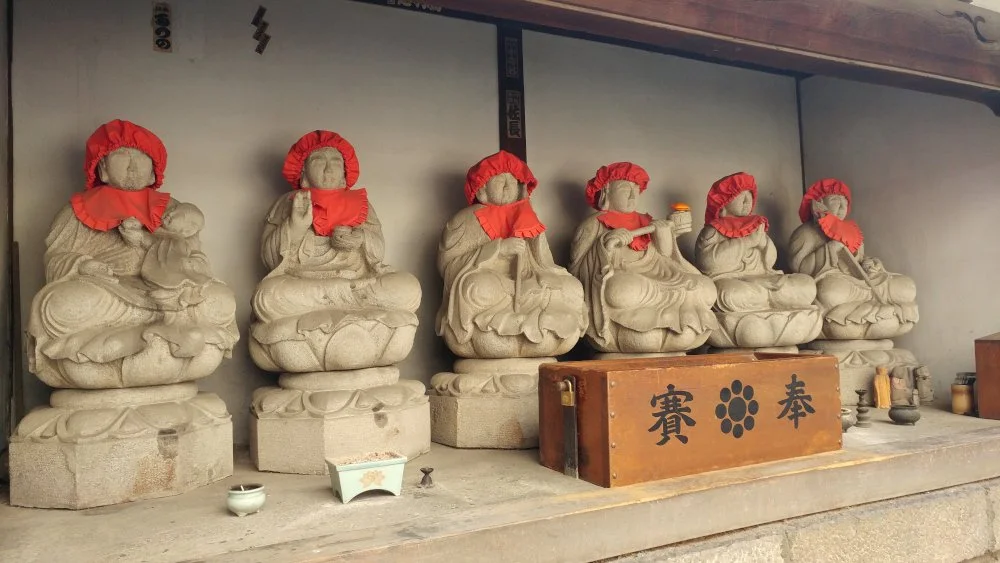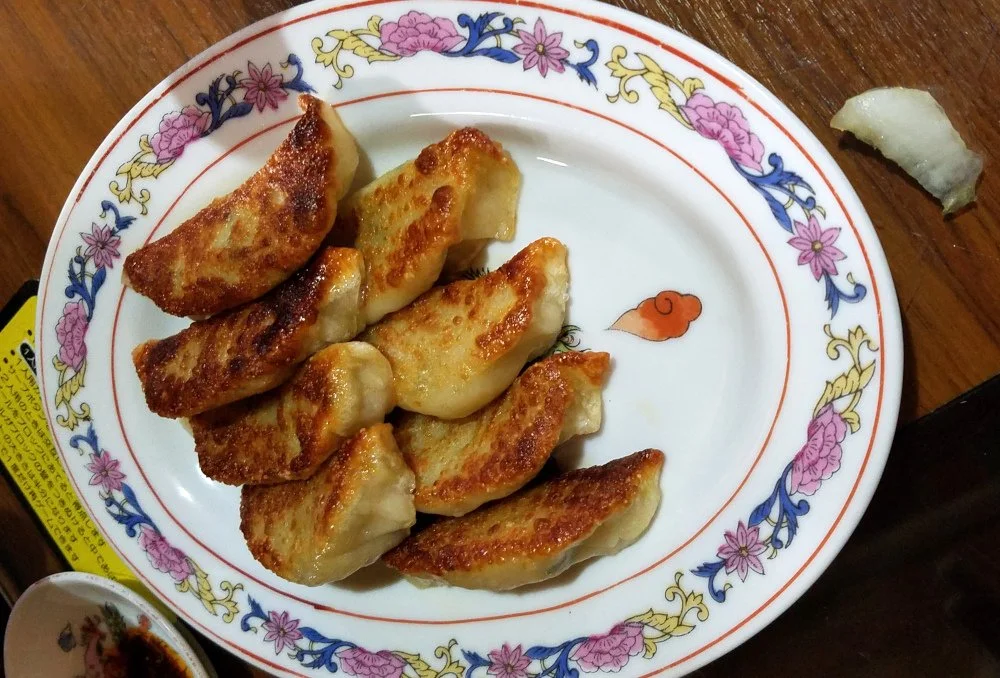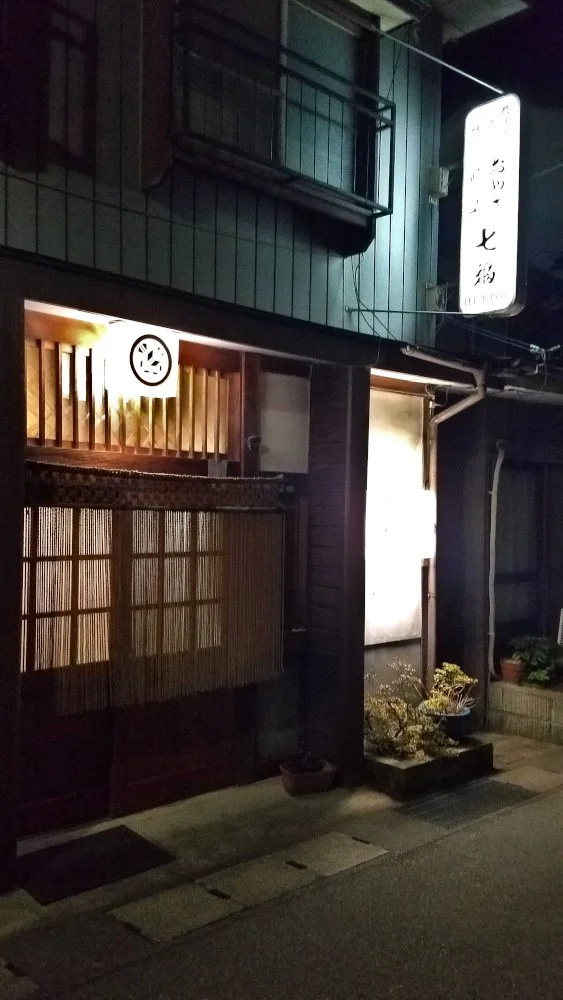Anniversary Blog 20 - A Traditional Ryokan Experience
After an amazing experience in Tokyo, the next leg of our Japanese adventure took us to Nagano Prefecture. It was time to explore rural Japan! We loaded into the bullet train, then transferred to a local… and another… and eventually made our way to Chikuma City.
Our plan was to stay at a traditional Ryokan, an old style Japanese inn, complete with natural onsen (hot spring fed baths). We chose the Kamesei (Holy Turtle) Ryokan in Chikuma because it had everything we were looking for. The owners were a lovely couple, Tyler and Mari; the wife from Japan and the husband from Seattle, so there was no language barrier. Tyler even picked us up from the train station and gave us a short tour of the small town. This was our first taste of rural Japan. Fujisan was a much smaller city than Tokyo, but I wouldn’t qualify it as “small town”. Chikuma City however has a population under 60,000.
The ryokan was everything I hoped it would be. The entrance way, where you left your shoes and donned your slippers, was a common area with many places to relax and refresh in natural light and views of nature around the grounds. Our room was very simple with a table in the center at floor level, and a tatami mat bed on a raised dais. They provided yukatas (cotton robes) and zori (slippers) for us to wear around the property. The ryokan included both male and female onsens for privacy, and a co-ed “family” onsen that you could schedule if you’d prefer to soak together.
Earlier in the day, the proprietors of the inn asked if we’d like a show, and we eagerly said yes. We were treated to a performance by two local geishas who entertained us with music from a shamisen, song, dancing and drinking games. When people in the US hear the term “geisha” generally they think of prostitutes. But geishas in Japan are professional entertainers and are proficient in various arts. They were lovely and charming, but also professional. Tim almost beat them at a drinking game, but they’re good.
After dinner we were treated to a traditional kaiseki, an 11 course meal composed of seasonal dishes that rotates based on what’s available at that time of year. Over the course of the 3 days we stayed at the ryokan we were treated to multiple kaiseki for breakfast and dinner. We enjoyed pickled vegetables, various sashimi like salmon and shrimp, tempura, custard, glass noodles, seaweed, grilled octopus and more.
Besides having a seasonal focus and multiple dishes, kaiseki also has an artful presentation and each course was served in a unique dish that fit its character and added color and wonder to the dish. Some things came covered, and some were cooked table side, and there were plenty of steamed and raw options. It was all beautifully presented and artfully arranged to stimulate the eyes, nose and tongue.
Some of the more exotic courses included Iwana, a local fish slow cooked fish so tender you could eat everything from head to tail, bones included, eel stew, bioluminescent squid and horse sashimi. That’s right, we ate raw horse. We washed everything down with some resfreshing sake. Everything was delicious and we left full and happy.
To end the night we washed ourselves off and had a nice night time soak in the private family onsen. This was a perfect first day at the ryokan, exactly the experience we were looking for.
The next morning we enjoyed another kaiseki for breakfast. Don’t worry, this one was only 8 courses. We wandered around the onsen town exploring a bit. It was a really quiet town, and even back then you could see the evidence of Japan’s declining population and the idea that the younger generations had fled to the big cities. We saw mostly older people where we did spot anyone in the streets. The town was great because it had little stations where you could soak your feet in the natural spring water.
On day 3, we headed to the Kurita neighborhood in the 1998 Olympic town of Nagano. We stopped for ramen before heading to Zenkoji Temple. The temple was very elaborate on the inside, and unlike most other shrines we had visited so far, you were allowed to enter.
As we explored the town we discovered that there were 7 God Statues spread around, but we were only able to find “Longevity” and “Victory”. We found an adorable ninja store for kids and did a sake tasting at Nishinomon-Yoshinoya Sake Brewery. We originally went to Nagano to find snow monkeys in the nearby mountainsides, but we never made it out of the city because there was so much to explore. The town is a little touristy, but definitely worth a stop.
Back in Chikuma, we were recommended a local dumpling spot called Oyaki Shichifuku. We worked our way through the “entertainment district” in the early evening and saw tourists and geishas as we made our way through the streets and alleys trying to find the small nondescript inshokuten (restaurant). Inside it was very unassuming, and the little old lady who ran it was very pleasant and accommodating. We were treated to an amazing meal of oyaki dumplings, gyoza, and sake.
Oyaki aren’t traditional dumplings, they’re made with a chewy wheat flour dough and stuffed with various ingredients. They’re traditional food from the Nagano region, so we knew we had to try everything or we might not get another shot elsewhere. We devoured just about every flavor she had available, including eggplant, komatsuna, garlic chives, sweet red bean paste and more.
We ended our last night at the Kamesei Ryokan with one final dip in the private onsen. I can’t recommend an experience like this enough when visiting the Land of the Rising Sun. Everyone we met in this small town was so friendly, and the food was amazing. The onsens were so amazing and rejuvenating.
Hopefully, these small onsen towns continue to thrive with the help of tourists and locals working together to preserve them, because it’s a truly unique experience that can only be experienced in the countryside of Japan.





